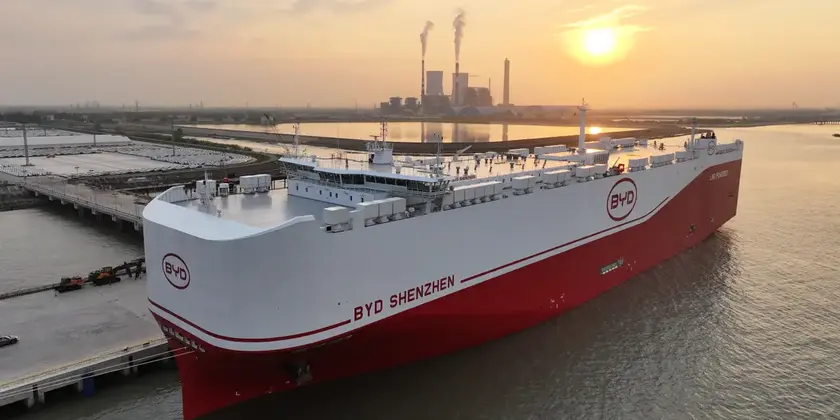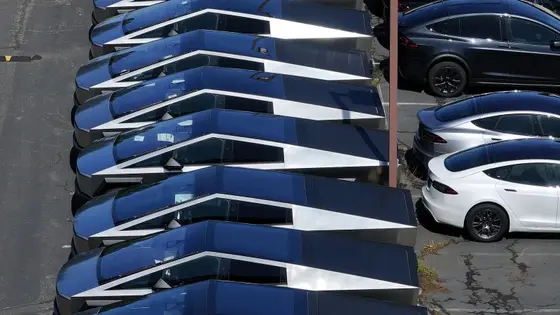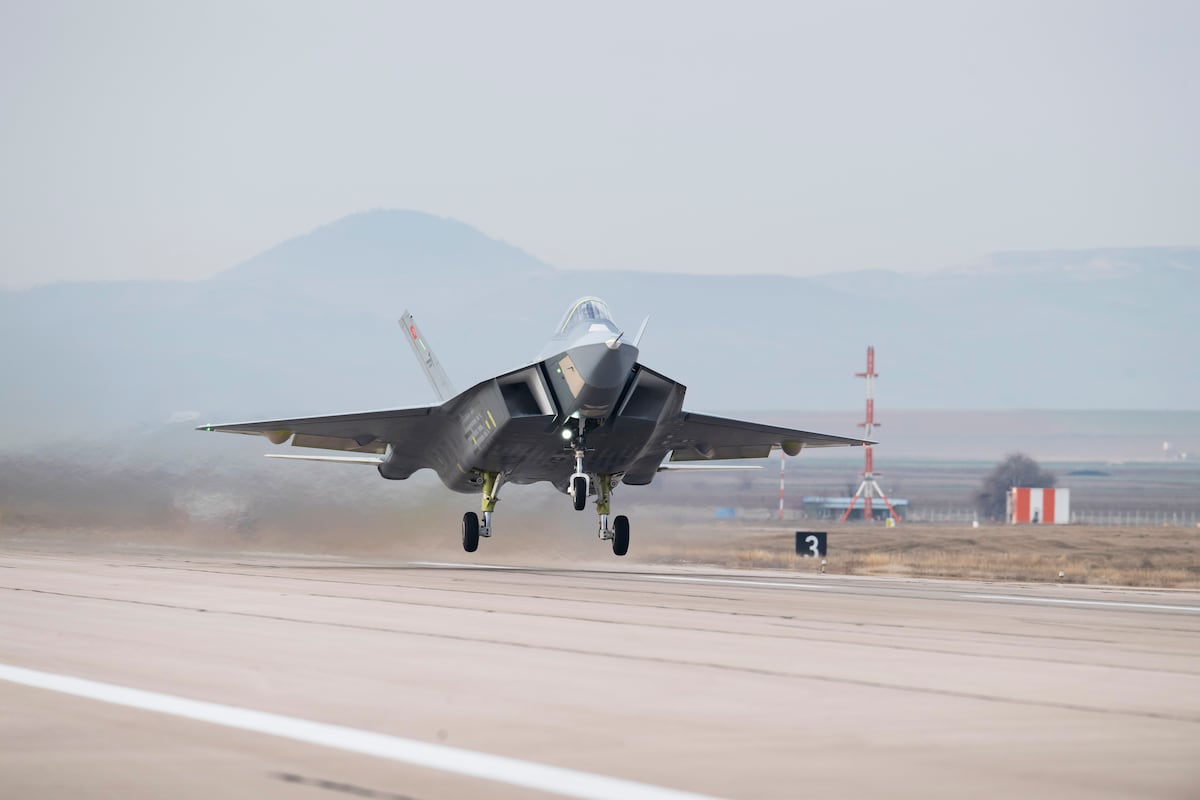T4K3.news
BYD expands shipping empire
BYD is growing its own fleet to export EVs, challenging traditional car carriers and expanding outside China.

BYD moves its own cars on a growing fleet of large ships, reshaping how EVs reach customers in Europe and beyond while challenging traditional carriers.
BYD expands shipping empire to reshape car trade
BYD has built seven giant ships to move its electric vehicles, cutting out middlemen in the process. The Shenzhen ship can carry more than 9,000 vehicles, making it one of the largest car carriers in the world. Six ships have entered service in the past year, including Explorer No.1, the Hefei, the Changzhou, and the Zhengzhou, and they have already visited Europe and Brazil on regular routes. BYD ships are often sent to destination ports full and return to China empty, a pattern experts describe as a shuttle service that maximizes speed and flexibility.
The fleet is part of a broader strategy to export more cars outside China and reduce dependence on external shipping lines. Building and running the ships cost roughly $500 million for the first four vessels, a sizable upfront bet that aims to pay off through higher volumes and faster delivery. In Europe and Brazil, BYD has posted strong sales gains, with Europe posting a more than 300 percent rise in the first half of the year and Brazil becoming a faster-growing market as tariffs and demand shift. BYD’s in-house control of production and transport lets it move quickly when demand shifts, or when carriers are scarce.
Key Takeaways
"Just like they have changed the competitive landscape when it comes to cars, the Chinese are also changing the competitive landscape when it comes to the car carriers."
Omli on BYD reshaping shipping dynamics
"If you can succeed outside China, you gain credibility with your core market consumers in China."
Dyer on overseas expansion boosting brand
"You can divert them to anywhere that you want to go, even part of the way on the voyage."
Omli on fleet flexibility
"They need to ship those vessels relatively full to maximise utilisation."
Schmidt on utilization pressures
The move signals a shift in the auto industry’s logistics playbook. By owning ships and running a direct export channel, BYD reduces exposure to external price swings and port bottlenecks. It also pushes traditional carriers to rethink capacity planning and pricing. Still, the gambit rests on sustained demand outside China and the ability to absorb higher upfront costs if markets soften or tariffs change. As Western economies reassess trade with Chinese manufacturers, BYD’s fleet could become a bargaining chip in broader policy debates while redefining how automakers manage the end-to-end supply chain.
Highlights
- We own the ships, we own the roadmap
- The fleet is a new kind of leverage for carmakers
- Full ships, full speed ahead into new markets
- Logistics can be a competitive weapon
BYD shipping gambit faces political and budget risks
The plan requires substantial ongoing investment and faces potential political backlash as tariffs, trade barriers, and public reaction to Chinese competition shape market access. If demand softens or policy changes curb exports, the fleet could become a financial burden for investors.
A bold bet on logistics could pay off if global demand for EVs remains strong and tariffs stay favorable.
Enjoyed this? Let your friends know!
Related News

Chris Evans May Return as Human Torch in Avengers

Meghan Markle hires former Bill Gates staffer for business role

FluMist expands to home vaccination

FluMist home delivery expands vaccine access

Altman targets Musk empire

Tesla's stock drops sharply amid political distractions

Turkey and Indonesia sign major defense contracts

Lynsi Snyder moves In-N-Out headquarters to Tennessee
